This holiday season, we’re thrilled to introduce a brand-new program that embodies the spirit of Pike Place Market’s “Meet the Producer” tradition.
Read MoreImmerse yourself in the holiday magic of Pike Place Market’s Handmade Craft Market with unique collectible buttons by local artist Wais Ali.
Read MoreShop the Market to enjoy a uniquely guided customer experience for gifting. Explore personalized services among our food purveyors and retailers.
Read MoreGet to know the story behind our iconic flower bouquets and the hardworking Hmong families that have made them a defining signature of Pike Place Market.
Read MoreWhat are you looking for?
Learn how Pike Place Market became the soul of Seattle, from our humble beginnings to almost being smashed with a wrecking ball in the ‘70s.
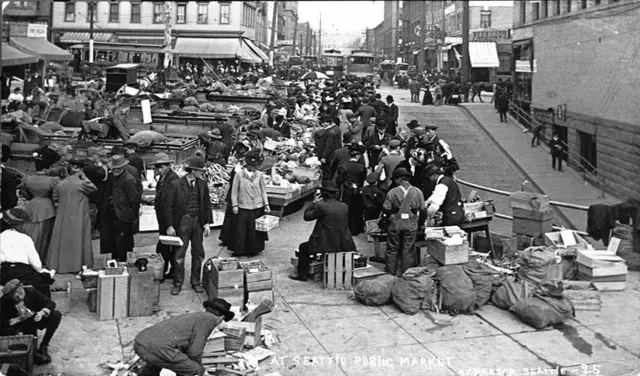
The Seattle City Council passes Council Member Thomas Revelle's ordinance to create a public farmers market on Pike Place.
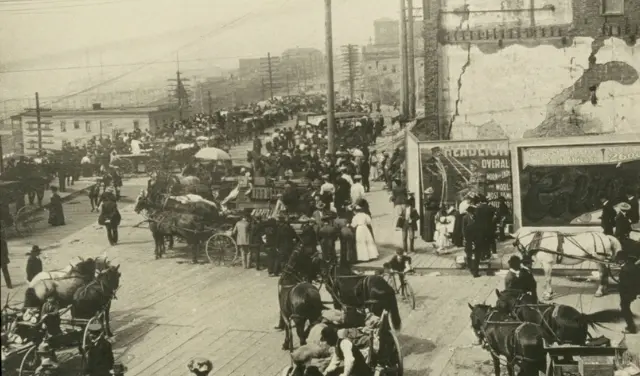
Six to 12 farmers bring their produce-filled wagons to Pike Place on opening day. They sell out by lunchtime.

Seattle City Councilman Thomas Revelle dedicates the Market to the people of Seattle after Frank Goodwin completes construction of the first building.
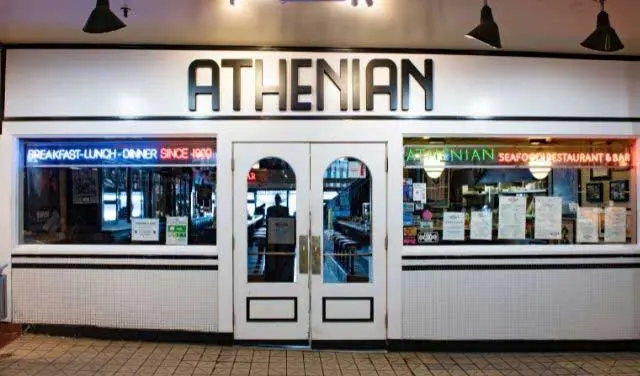
Athenian Inn opens, with three Greek brothers as the owners.
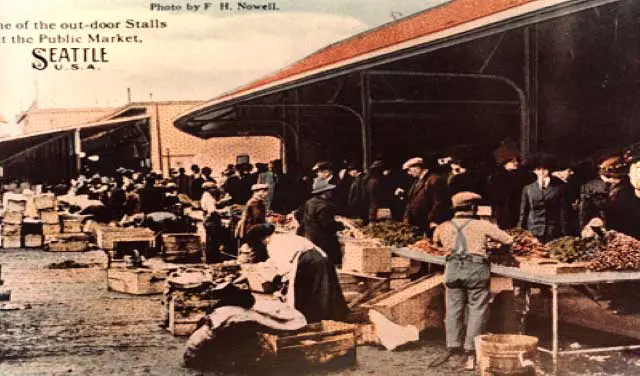
Stalls are added thanks to a $10,000 contribution from the City of Seattle. The Sanitary Market building opens as well.
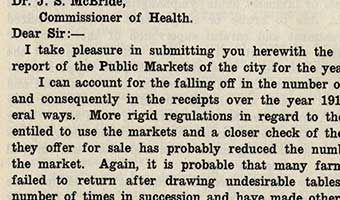
The Seattle City Council creates the jobs of Market Inspector (later changed to Market Master), Assistant Market Inspector, and Janitor.
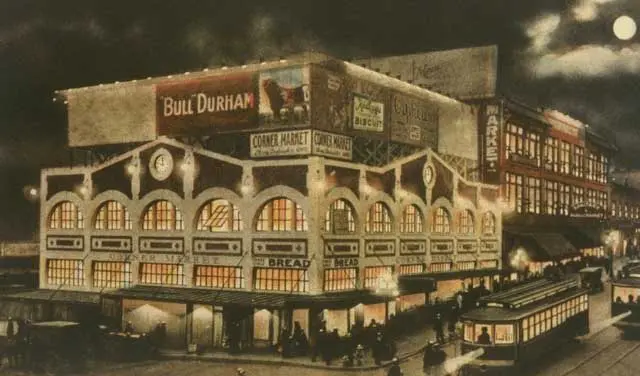
The Corner Market building opens, with Three Girls Bakery as one of the shops.
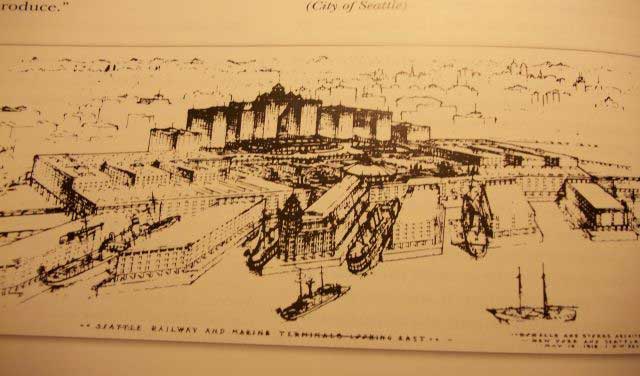
The first of many proposals to create a new look to super-size the Market is rejected by Seattle voters.
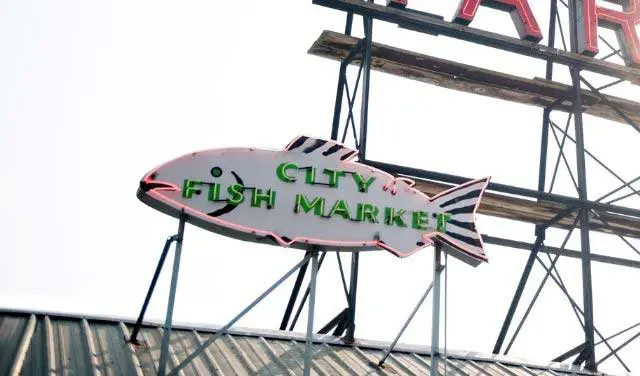
The City of Seattle creates City Fish to counter the high price of fish.
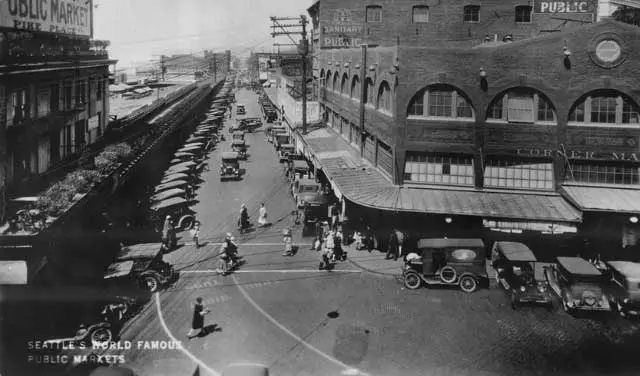
With construction complete, the configuration of the Market looks much like it does today. A branch of the Seattle Public Library opens on the lower floor.

Arthur Goodwin takes over as manager of the Market from his uncle Frank.
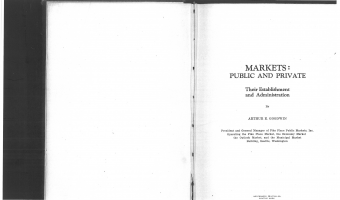
Arthur Goodwin's book, "Markets: Public and Private" is published, which becomes a textbook for the creation of other markets.

Delivery man Peter DeLaurenti marries Mamie-Marie Mustelo, who works for her mother's grocery. In 1946 they purchase the grocery and create DeLaurenti.

Farmer Giuseppe "Joe" Desimone owns more than half the shares in the Pike Place Public Market Company, making him the major decision maker.

Dance Hall operates in the Economy Market Building. During the Depression, the Market was a central community gathering place as well as a major food center.